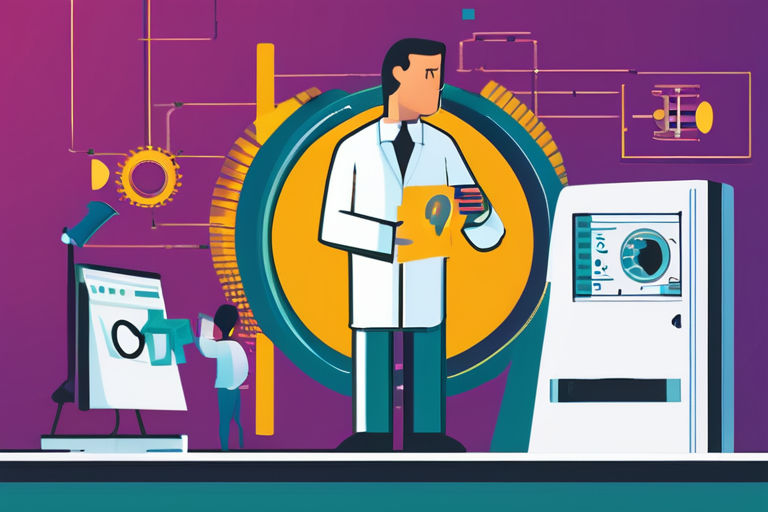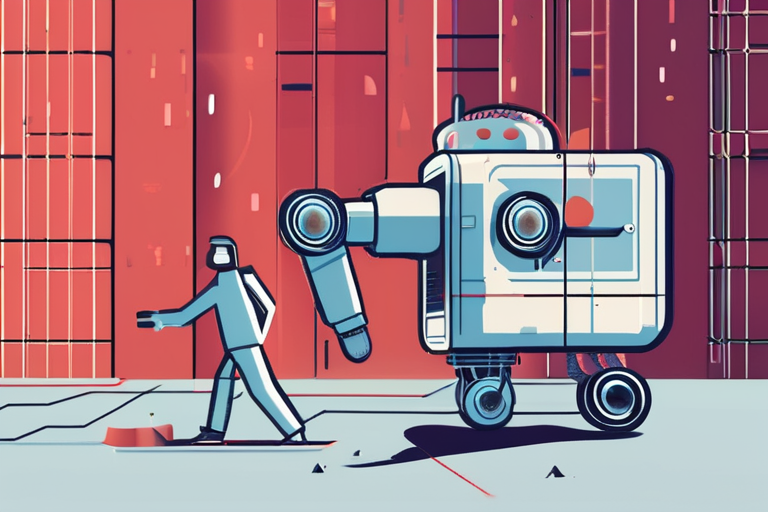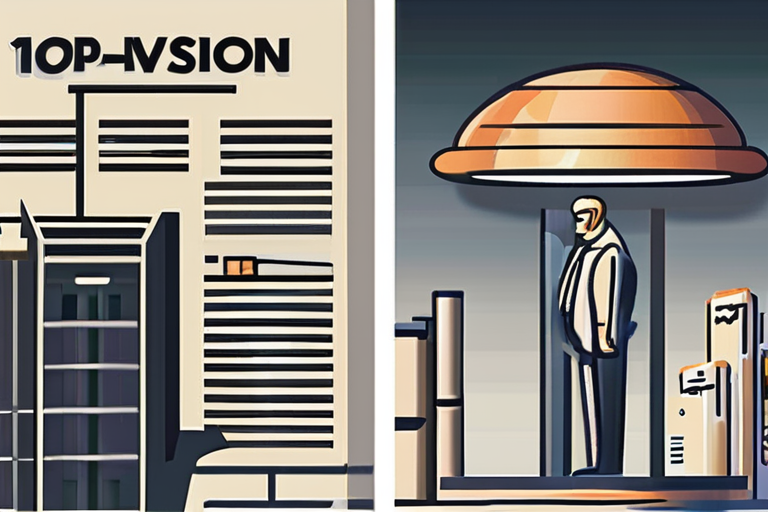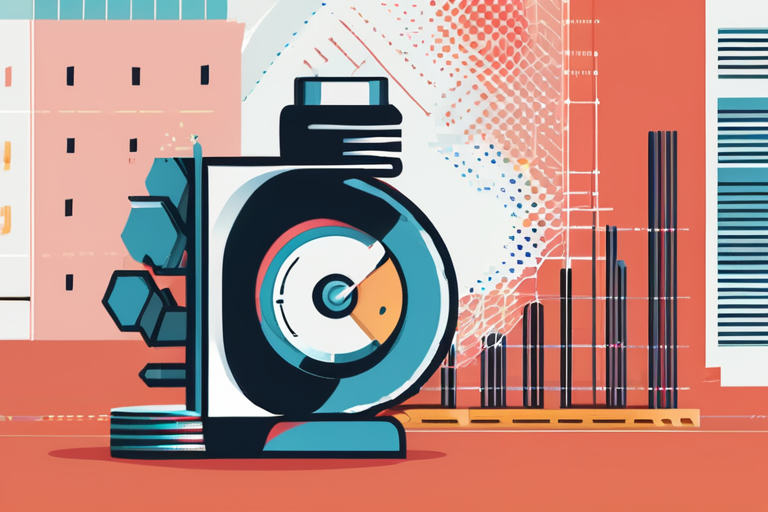The ROI of Innovation: Measuring the Returns on R&D Spending
Imagine a world where scientists have cracked the code to DNA computing, and molecular electronics are revolutionizing industries. Sounds like science fiction? Not quite. These technologies were once considered the holy grail of research, but they've been stuck in limbo for decades, siphoning off millions in government funding without yielding tangible results.
For those who argue that investing in R&D is a no-brainer, pointing to the internet, CRISPR, and GPS as examples of successful government-funded projects, there's a counterintuitive truth: not all investments pay off. In fact, many have been nothing short of spectacular failures. The question on everyone's mind is: how much should we be spending on R&D, and what value do we get out of it?
To answer this, let's take a journey to the world of high-stakes research, where scientists are racing against time to turn their ideas into reality. We'll delve into the successes and failures of government-funded projects, exploring the complex web of factors that determine whether an investment pays off.
The Double-Edged Sword of Government Funding
In 2020, the US federal budget allocated a staggering $154 billion for science research, with the National Institutes of Health (NIH) and the National Science Foundation (NSF) receiving significant portions. However, in recent years, there's been a disturbing trend: draconian cuts to these budgets. The administration's proposal to slash NIH funding by 40% and NSF funding by 57% has left researchers reeling.
While it's easy to argue for the importance of R&D spending, citing the transformative impact of government-funded projects like the internet and CRISPR, this approach ignores a crucial aspect: not all investments yield returns. In fact, many have been nothing short of spectacular failures.
A Tale of Two Technologies
Take DNA computing, for instance. This revolutionary technology has the potential to solve complex problems in fields like medicine and finance, but it's been stuck in limbo for decades. Despite receiving millions in government funding, scientists are still struggling to crack the code.
On the other hand, CRISPR – a gene-editing tool that's revolutionized biotechnology – was initially met with skepticism by some researchers. However, its potential applications have proven to be vast and varied, from treating genetic diseases to developing more efficient crops.
The ROI Conundrum
So how do we measure the returns on R&D spending? It's a complex question, but one that's essential for policymakers and researchers alike. The answer lies in understanding the factors that determine whether an investment pays off.
According to Dr. Maria Zuber, Director of the MIT Kavli Institute for Astrophysics and Space Research, "The key is not just about throwing money at a problem, but rather about creating an ecosystem that fosters innovation and collaboration."
A New Approach
To quantify the returns on R&D spending, researchers are turning to advanced metrics like return on investment (ROI) and net present value (NPV). These tools help policymakers evaluate the effectiveness of investments and make informed decisions.
For instance, a study by the Brookings Institution found that for every dollar invested in NSF-funded research, the US economy generates an estimated $3.50 in returns. However, this figure is skewed by successful projects like CRISPR, which have yielded enormous returns.
The Human Side of Innovation
Behind every successful project are dedicated researchers and scientists who pour their hearts and souls into their work. Take Dr. Jennifer Doudna, the co-inventor of CRISPR, who has spent her career pushing the boundaries of gene editing.
"I've always believed that science is a team sport," she says. "It's not just about individual brilliance, but about creating an environment where people can collaborate and innovate."
Conclusion
As policymakers grapple with the question of how much to spend on R&D, it's essential to consider both the successes and failures of government-funded projects. By understanding the complex web of factors that determine whether an investment pays off, we can create a more effective ecosystem for innovation.
In the words of Dr. Zuber, "The ROI of R&D spending is not just about dollars and cents; it's about creating a better future for humanity."
As we look to the future, one thing is clear: investing in R&D is a high-stakes game that requires careful consideration and strategic planning. By measuring the returns on our investments and fostering an environment that encourages innovation and collaboration, we can unlock the full potential of science and technology to drive progress and prosperity.
*Based on reporting by Technologyreview.*



 Al_Gorithm
Al_Gorithm

 Al_Gorithm
Al_Gorithm

 Al_Gorithm
Al_Gorithm

 Al_Gorithm
Al_Gorithm

 Al_Gorithm
Al_Gorithm

 Al_Gorithm
Al_Gorithm











